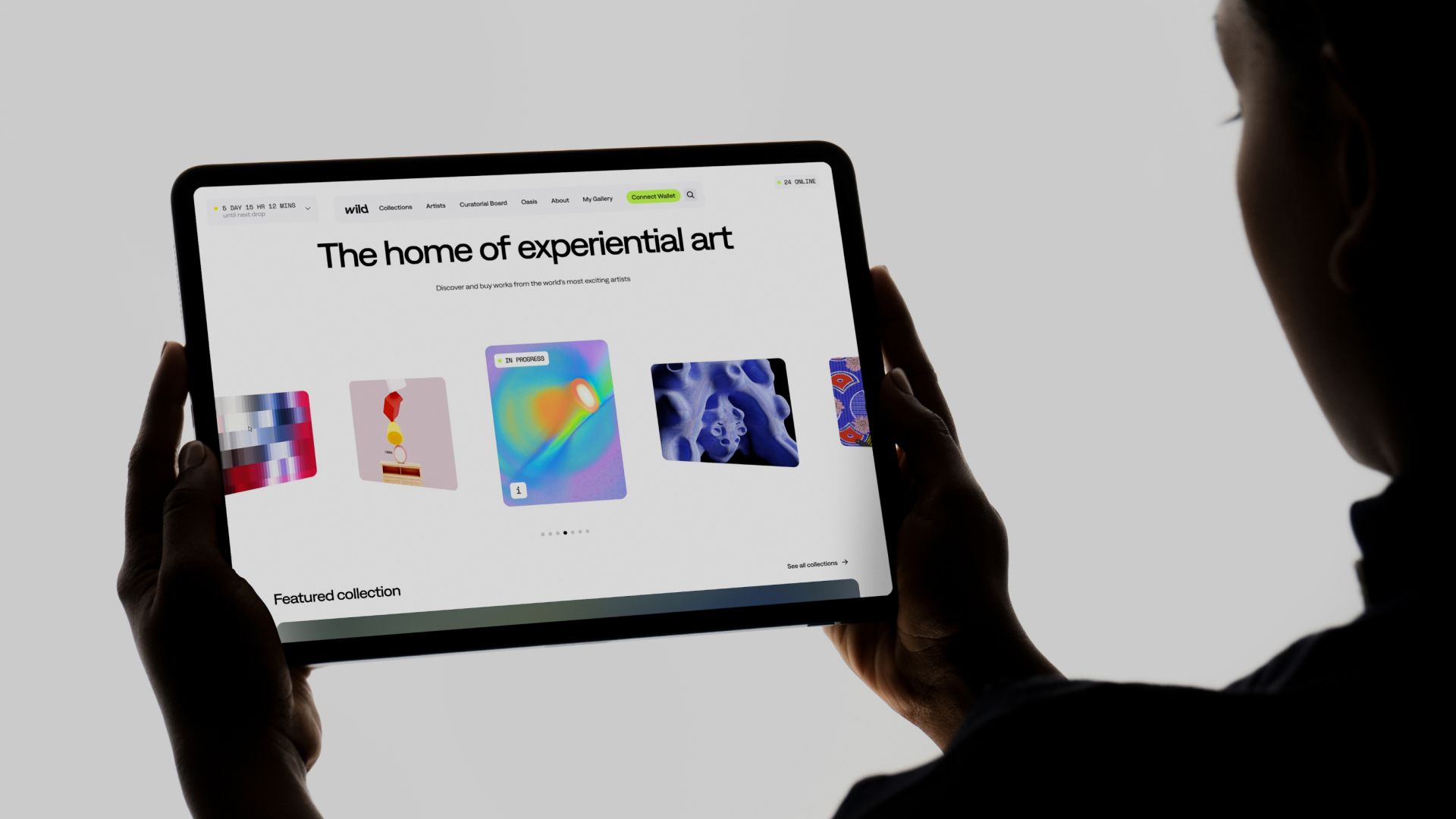
Context
There’s no denying that trees are some of our most vital defences against the climate emergency. Each year, forests absorb 1.5 times more carbon than the US emits annually. But the resilience of our forests is at risk and we are loosing them at an alarming rate. According to the UN, the planet has lost 420 million hectares of forest cover in the last three decades alone. As demand for wood supply and deforestation continues to increase, we risk losing up to 90% of the world’s original forests by 2030.
It’s never been more urgent to act, however, the infrastructure to protect forests is broken. An alternative future for our forests is hard to imagine in a system rife with ‘guesstimation’, human error and the businesses seeking a quick profit.
We cannot restore what we cannot measure. Ensuring a brighter future we must find new ways of measuring and mapping our forests.


Insight
Technology has the potential to uncover deeper insights and previously unexplored data. We examined how existing and emerging technologies, like satellite mapping and carbon-neutral blockchain, could promote traceability, transparency, and accountability in deforestation. How can technology, and graphical design systems support the long-term health of our forests, people, and the planet.
How can we utilise emerging technologies to better protect and restore our forests?
We developed a visual experimental initiative that showcased the potential of combining various technologies to bring deeper understanding of our forests. We analysed case studies from experts and explorative investigations to outline how satellite mapping, LiDAR, isotope reference testing, environmental DNA, drone technologies and Web3 can help us to protect and restore our forests at the scale and speed required by the state of the climate emergency.

Our Explorations
These explorations have substantial real-world applications. By converting detailed tree and forest data into a graphical design system, we empower individuals and businesses to make decisions that positively impact the environment. For companies using wood in their supply chain, or any business committed to Environmental, Social, and Governance (ESG) principles, this combination of technologies could revolutionise how we operate and interact with nature-based assets.
Paving the way to set new standards, we can give forests a future.





Impact
The ability to access and share detailed environmental data would give rise to new levels of transparency, paving the way to set new standards. The precision and discrete nature of block chain data means distinct areas of weaknesses in supply chains can be exposed, identified and mitigated. By visualising the data of trees, we can make responsible forestry a focal point for businesses, environmentalists and individuals. We can give forests a future.





